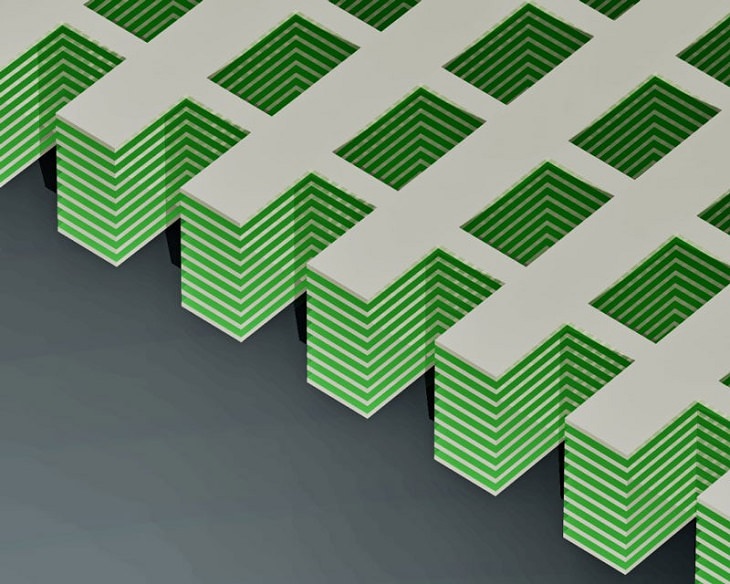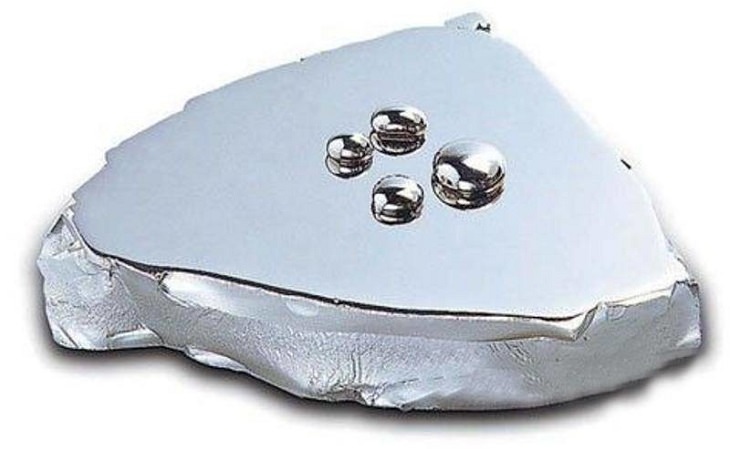

Aerogel is the proud holder of 15 records in the Guinness Book of Records, which is more than any material has ever had. Also known as 'frozen smoke', a nickname resulting from it looking like solid smoke, aerogel is actually 99.8% empty space, which explains its semi-transparent look. This material is a terrific insulator.
With a shield made from aerogel, you could protect yourself from any flamethrower without danger - it will take all the heat without you feeling a thing. It does the same with cold. With enough of it, you could build a comfortable house on the moon. Another amazing factoid - Aerogel's internal structure is so complex that just an inch of it could have a surface area as long as a football field.

Imagine long chains of carbon. These superstructures are bonded together by the greatest power in all of the chemical world, the sp2 bond. These carbon nanotubes have been constructed with a length-to-diameter ratio of up to 132,000,000:1 - significantly larger than for any other material.
This means they are exceptionally strong and, in fact, may be the only material humanity will be able to use to construct the "space elevator" that will cart people and cargo up and down from space stations hovering above the earth. Carbon nanotubes are 300 times stronger than steel, meaning you could potentially build towers hundreds of kilometers tall.

Metamaterials are artificial materials engineered to have properties that may not be found in nature. They are assemblies of multiple individual elements fashioned from conventional microscopic materials, such as metals or plastics, but the materials are usually arranged in periodic patterns. Metamaterials don't gain their properties from their composition, but from their exactingly-designed structures. Their precise shape, geometry, size, orientation and arrangement can affect waves of light or sound in an unconventional manner, creating material properties that cannot be achieved using conventional materials.
These metamaterials achieve the desired effects by incorporating structural elements of sub-wavelength sizes, i.e. features that are actually smaller than the wavelength of the waves they affect. The primary research into metamaterials investigates materials with a negative refractive index. Negative refractive index materials appear to permit the creation of superlenses, which can have a spatial resolution below that of the wavelength. In other words, it makes invisibility cloaks.



